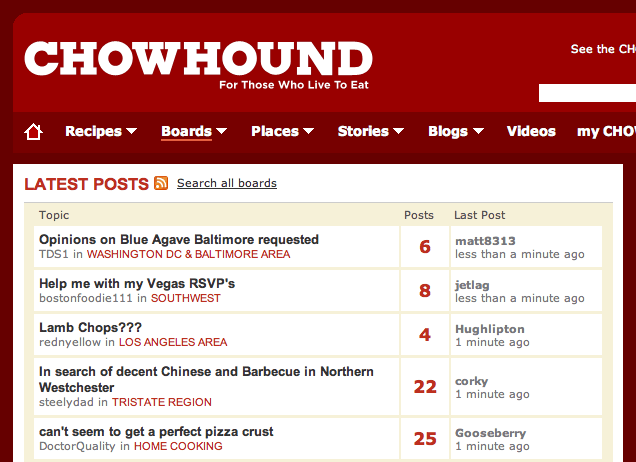October 31st
Making private identity public
Chris Anderson, editor in chief at Wired, has published a list of 329 email addresses that have been used to send him PR SPAM in the last month. He says he’s fed up:
“I’ve had it. I get more than 300 emails a day and my problem isn’t spam, it’s PR people. Lazy flacks send press releases to the Editor in Chief of Wired because they can’t be bothered to find out who on my staff, if anyone, might actually be interested in what they’re pitching.”
Being someone who gets a small amount of PR SPAM (~10 a day), I certainly sympathize with Anderson’s move here. It’s tiresome to spend valuable time weeding through emails that at first seem addressed to you, until you realize they’re simply sent to a huge list of bloggers. They’re not personal messages. They’re generic. Some PR folks even lie and say “I’ve been reading your blog and I love everything you write, your child is beautiful, and may your family receive honor forever…etc…etc”. But after that it quickly becomes clear that they never refer to my blog specifically and they never tell me anything related to the topics I write about. It’s not informing. It’s insulting.
Here’s an example of one I got the other day. It’s not nearly as bad as some, but just as useless. It starts out…
Continue Reading: Making private identity public


